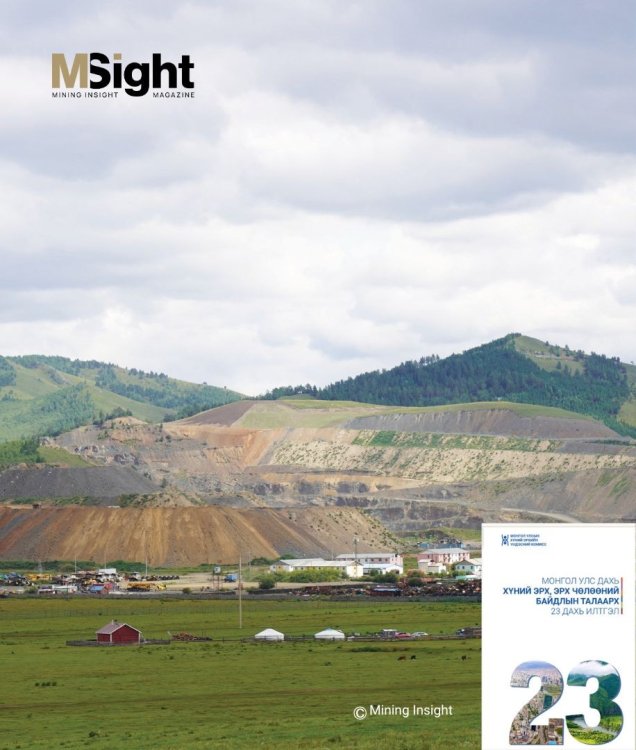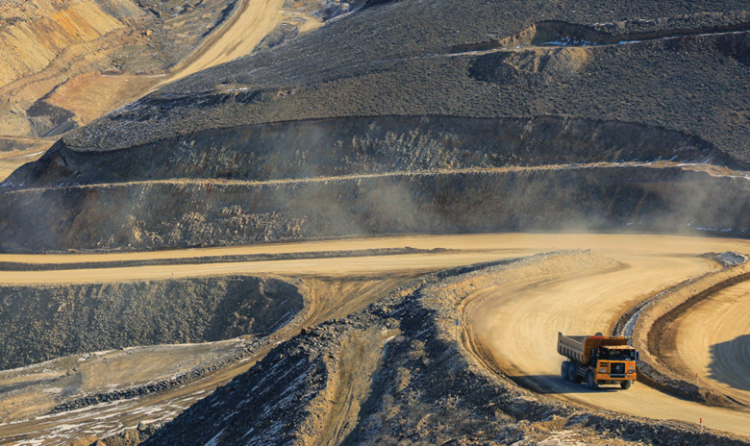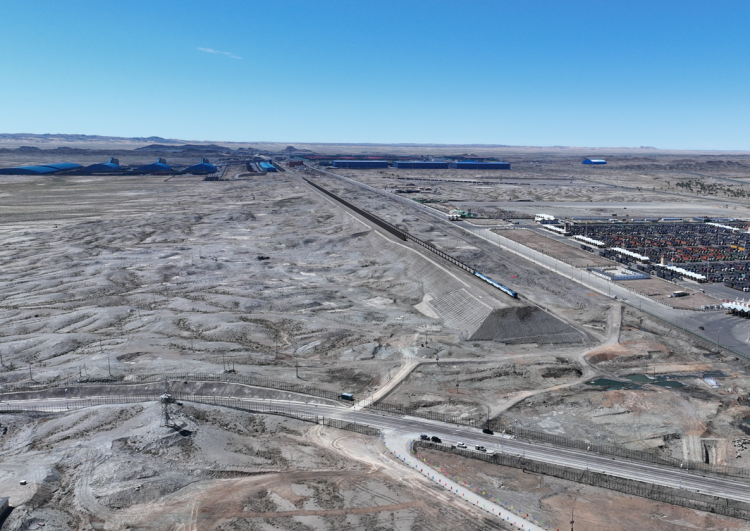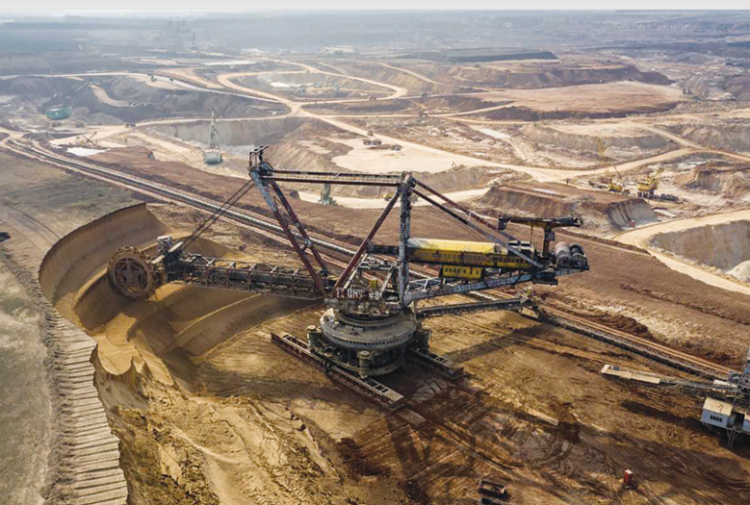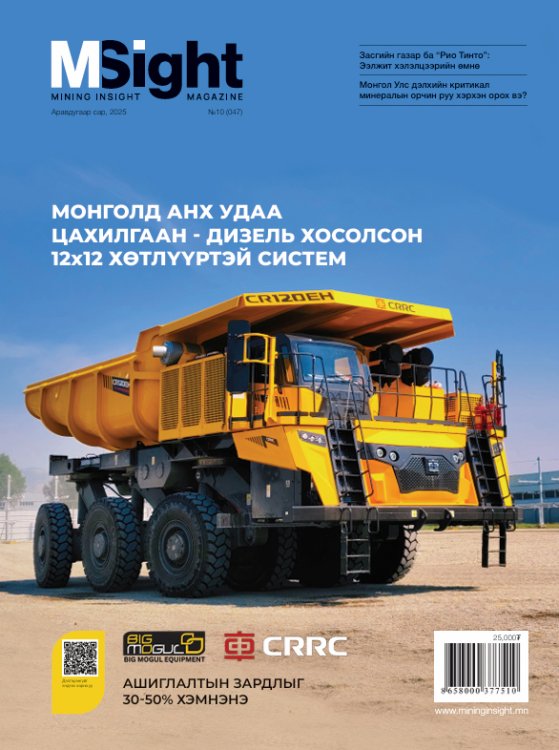- Let’s include occupational safety in the TOP-100 company criteria -
FINANCING THE CONSEQUENCES, NOT THE PROBLEM
In 2024, over 800 industrial accidents were recorded in Mongolia. At the same time, the number of occupational diseases has been increasing in recent years. Last year, 87 new cases were registered—three times higher than the 10 year average. These figures are based on individuals whose loss of work capacity was confirmed through medical examinations and who were granted benefits accordingly. However, cases involving people working in the informal sector are neither recorded nor reflected in the statistics. Behind all these accidents and illnesses are thousands of citizens who have lost their lives, health, or work capacity, as well as the triple burden on the state, employers, and employees, disruptions due to a shortage of skilled workers, and immeasurable losses in organizational productivity. Moreover, such serious harm to human life and health poses a risk that can impact the social and economic stability of the country. Work-related accidents and illnesses are often caused by weak occupational safety regulations, non compliance with standards, and the absence of risk assessments in the workplace. In Mongolia, about 147,000 people work in high risk sectors, accounting for 11 percent of the total workforce. These include industries such as mining, construction, and manufacturing—environments with the highest incidence of accidents, injuries, and illnesses. Yet only 0.8% of them are covered by workplace condition assessments, according to the 2021–2025 Occupational Safety and Health Action Plan. Meanwhile, in 2023, MNT 54.1 billion was paid out from the Occupational Injury and Disease Insurance Fund as compensation to individuals who had lost their work capacity. In contrast, less than 0.3% of the fund’s resources were spent on preventive measures. These statistics present a troubling picture, showing that we are grappling with the consequences rather than addressing the root causes of the issue.
GLOBAL TRENDS AND OCCUPATIONAL SAFETY IN BUSINESS VALUATION
There is a growing global trend to assess business growth not only by profit and revenue but also by the extent to which companies respect human rights. In other words, evaluating, certifying, and reporting on occupational safety and health (OSH) indicators of a business organization—initially considered a fundamental criterion for trustworthy and responsible investment—has now become a standard and normative expectation. International standards such as ISO 45001 on occupational safety and the “Social” component of the globally recognized ESG (Environmental, Social, and Governance) criteria require mandatory reporting on key elements such as accident and injury rates, levels of occupational diseases, workplace safety, and health management practices. The rationale is simple: these are not only essential for protecting workers’ rights but also serve as critical benchmarks in business risk management. Consequently, organizations that transparently report on these indicators not only gain investor trust but also tend to achieve long-term sustainable growth—a fact that is becoming increasingly evident. This is reflected in the way OSH indicators have become an integral part of the annual reports of major global companies. For instance, companies like Rio Tinto, Samsung, and Tesla have long been disclosing OSH performance data in their annual reports.
“SUCCESS” THAT FAILS TO VALUE HUMANITY
In contrast, the criteria used to evaluate Mongolia’s TOP-100 companies—widely regarded as a benchmark of business reputation—reflect a fundamentally different approach. The list, which highlights enterprises making a tangible contribution to Mongolia’s economy, is primarily based on quantitative indicators such as revenue and taxes. It continues to overlook critical indicators such as the protection of life and health, respect for human rights, and occupational safety. In other words, no one measures or evaluates the working conditions or the level of risk faced by employees of Mongolia’s TOP-100 companies, and information in this area remains limited. Moreover, human rights violations and unsafe, unhealthy working environments persist within some companies labeled as “successful.” According to the 2022 baseline study conducted under the UNDP’s “Business and Human Rights in Asia Programme,” titled Impact of Business Activities on Human Rights:
• 65% of enterprises in Mongolia do not conduct human rights risk assessments and operate without internal regulatory mechanisms.
• The main sectors where occupational safety is frequently violated include mining, construction, and manufacturing.
Compared to the global trend of recognizing businesses that protect life and health as ethical and sustainable enterprises, this highlights how far Mongolia still has to go in this regard.
TIME FOR TOP-100 LIST TO MOVE BEYOND PROFIT RANKINGS AND BECOME A DEFINITION OF ETHICAL BUSINESS
The TOP-100 list is the benchmark for evaluating Mongolia’s business reputation. It is essential to incorporate ethical indicators alongside tax responsibility in this ranking. To achieve this, the evaluation system for Mongolia’s business reputation should be upgraded to a new level, expanding the criteria with new standards based on ethics and social values, and modifying its benchmarks. This will be a crucial step in aligning with societal expectations. The following indicators can be added in the field of OSH::
• The number of accidents per 1 million working hours (LTIFR)
• Implementation of standards such as ISO 45001
• Budget and human resource allocation in OSH management
• Registration and transparency of occupational diseases
• Employee participation in health screenings
• Publicly disclosed OSH indicators
These should be a voluntary responsibility and a reflection of the business’s reputation. By incorporating human rights and occupational safety standards into the primary benchmarks that define a country’s business trends, a culture of ethical business that values and protects human rights, life, and health will develop. Furthermore, OSH should be seen not as an expense but as an investment in risk reduction. Research shows that companies that improve their OSH conditions achieve the following results: increased employee satisfaction, productivity, and retention; enhanced ability to attract international partnerships and investments; improved company reputation and cultural valuation; and the establishment of risk-free, efficient operations. Specifically, organizations that prioritize occupational safety protect human rights, gain investor trust, increase employee productivity, maintain their stock value, and establish responsible, sustainable businesses. Therefore, it is time to evaluate businesses not only by their profit and tax contributions but also by how many lives and health they are able to protect. Let us define truly successful businesses as those that protect human lives and health. Let this global trend be the new measure of business success.




